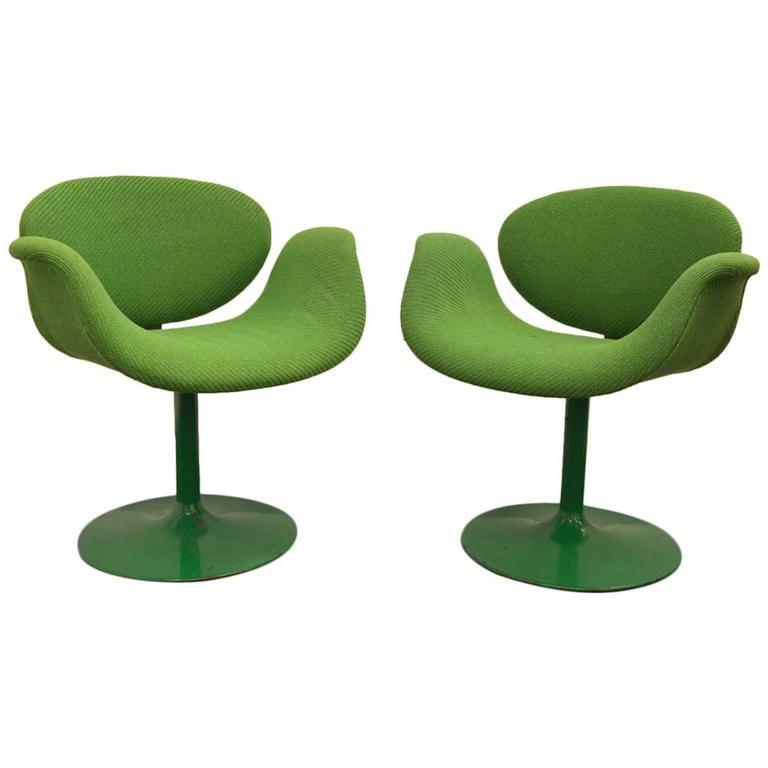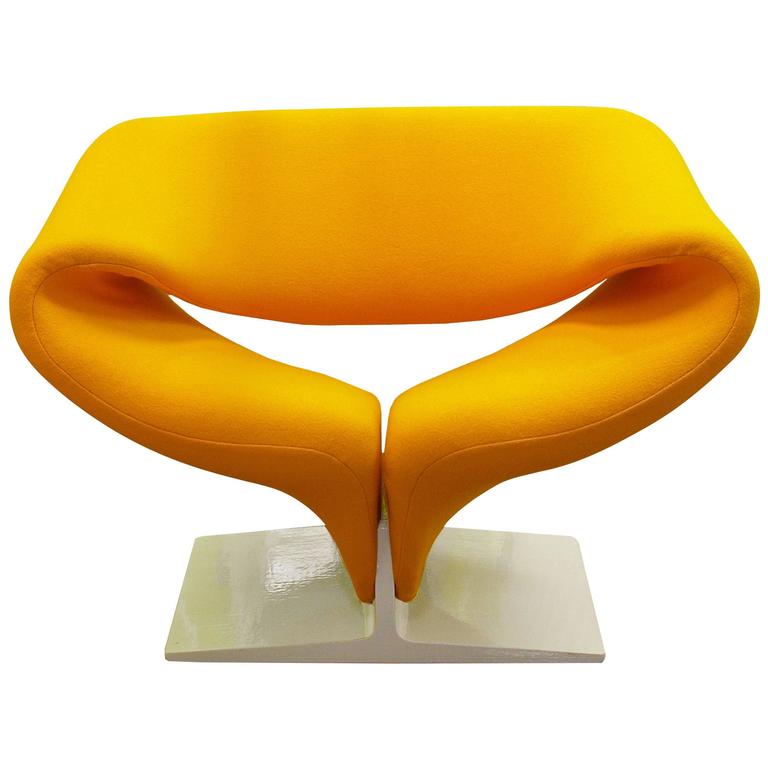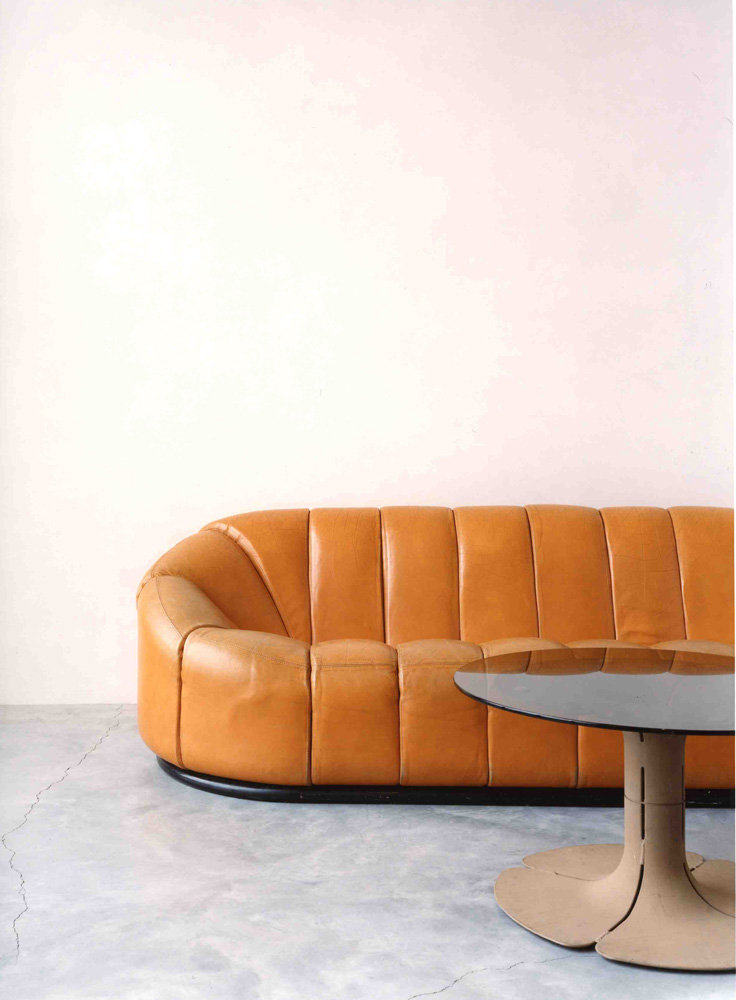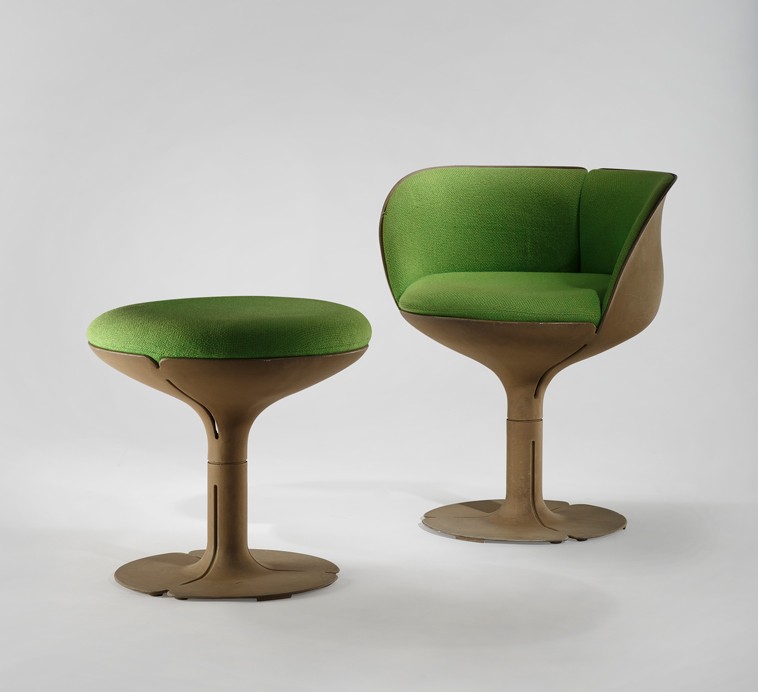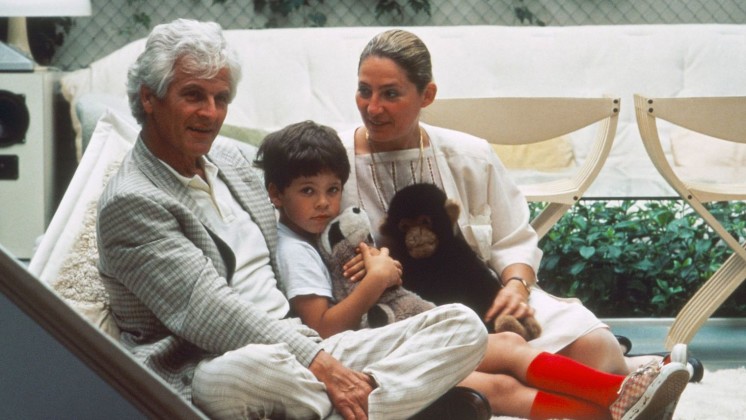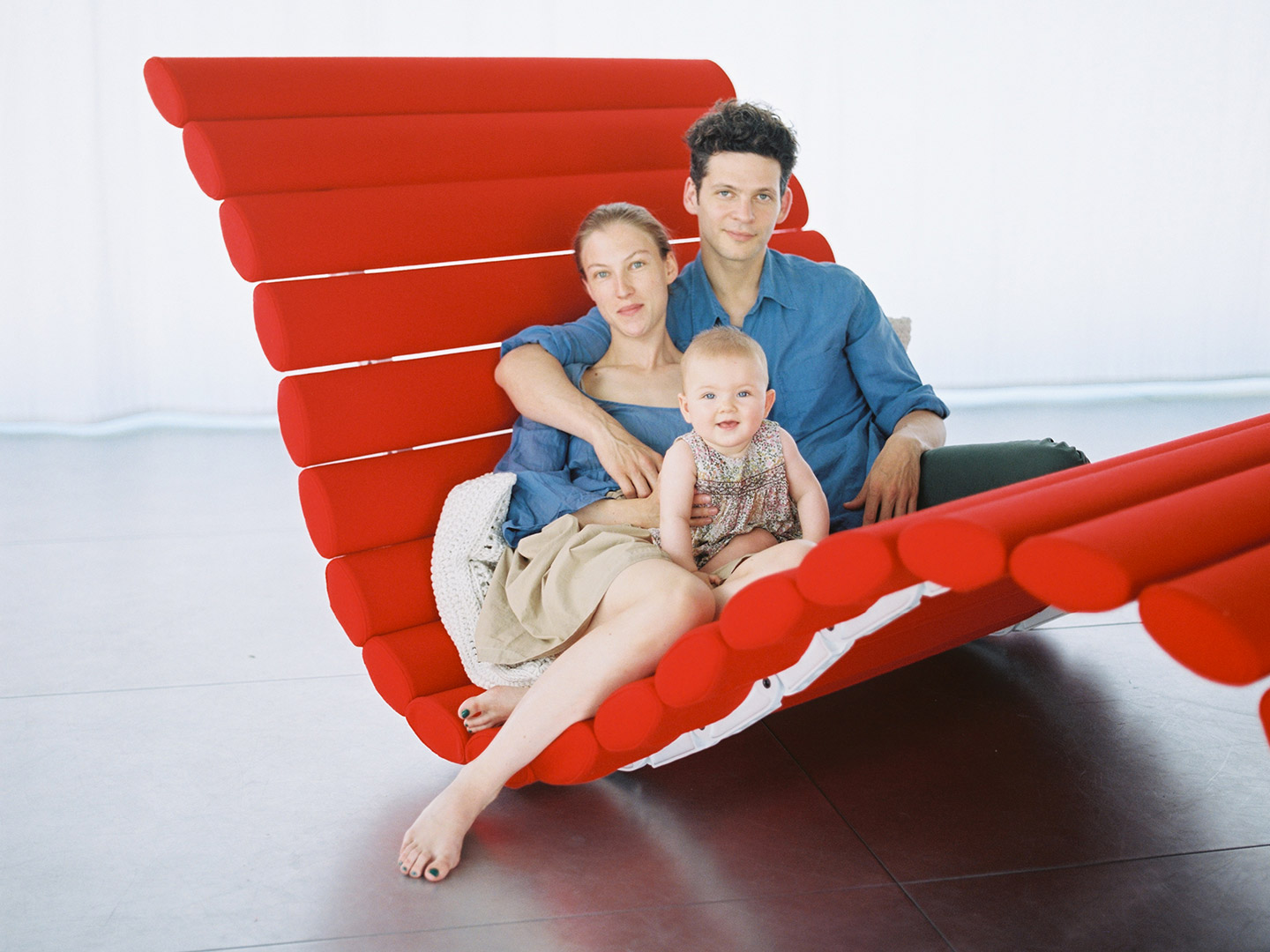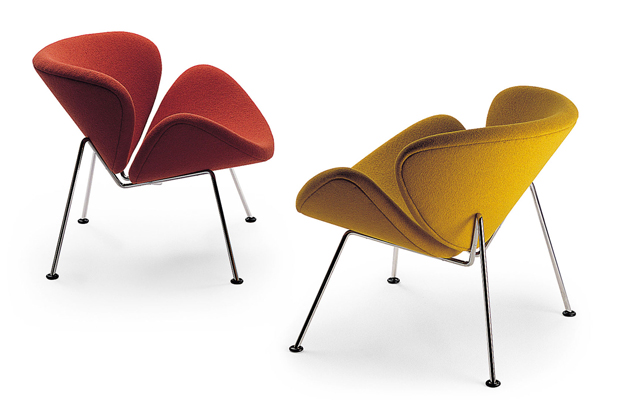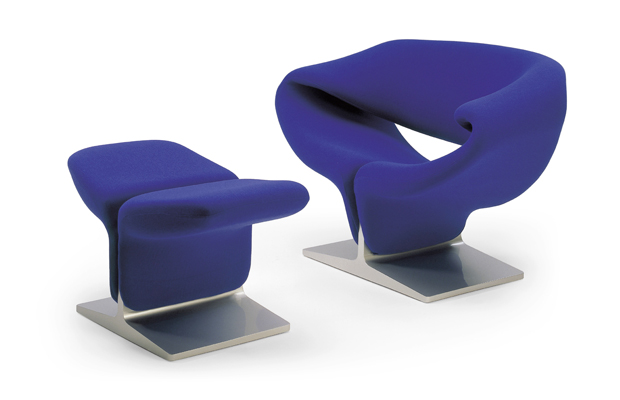Pierre Paulin is one of the reasons I fell in love with French Mid-Century Modern design. His designs are innovative and fun and sculptural. His work is still considered progressive even today. Coming from a background in sculpture, his chairs and sofas all had unique forms, yet comfort was the starting point of each design. Then he got creative.
"My favorite design is the one to come, either by me or a future generation." - Pierre Paulin
Sculpture & Design
Pierre Paulin (1927-2009) first trained to be a sculptor in ceramics and stone, but gave up his studies in sculpture due to an accident that injured his hand. Soon after, he enrolled in the Ecole Camondo in Paris where he studied design.
Form, Function & Color
Paulin debuted his first designs in 1953 at the Salon des arts menágers and then went on to design for Marcel Gascoin's Atelier, Thonet Fréres and Artifort. He wanted to design furniture that was both comfortable and fun.
“A chair should be more than simply functional. It should be friendly, fun and colorful.” - Pierre Paulin.
It was in the 1950's at Thonet Fréres when he began to experiment with using stretch jersey and foam rubber to create more rounded shapes. Many of his most recognized designs were manufactured by the Dutch company, Artifort, in the 1960's and 1970's where he continued to experiment and develop his design ideas. With names such as the Tongue Chair, the Orange Slice Chair, the Mushroom Chair, and the Ribbon Chair, his designs were instantly recognizable and unique, and were offered in vivid colors.
The Élysée light table by Pierre Paulin for Alpha International was originally commissioned by Mobilier National for the Palais L'Élysée in 1971. Fewer than fifteen of these tables were produced. Photo Credit: Paulin Paulin Paulin | Top: Furniture designed for the Élysée Palace | Photo credits: huntingforgeorge.com (top left), Wright Auction (top middle), culturedmag.com (top right)
Interior Design & Consulting
In the 1970's and 1980's, Pierre Paulin did interior design and consulting, including design work for the French presidents, Georges Pompidou and Francois Mitterand at the Elysée Palace in Paris, France and also gallery seating for the Louvre.
In 1975, Paulin and his wife Maia founded the creative design agency ADSA together with Marc Lebailly. ADSA did work for companies such as Calor, Ericsson, Renault, Saviem, Tefal, Thompson, and Airbus; and also worked on projects for public spaces such as the Mediterranean Hall at the Gare de Lyon and the Versailles Rive-Gauche train station.
The Bergerie located at the entrance of the Cévennes National Park, France. | Photo credit: Paulin Paulin Paulin
La Bergerie
In the 1990's, Pierre and his wife, Maia, moved to the Cévennes region of France. In Cévennes, he continued to design, but in a more relaxed atmosphere. Together with his wife, Maia, he restored a traditional estate, la Bergerie, that as of 2016 can be visited by design professionals, architects, researchers, and collectors to appreciate many of his designs in their natural habitat.
Pierre Paulin died in 2009 in Montpellier, France.
Left: Pierre with his wife, Maia, and son Benjamin sitting in a Tapis Siege, circa 1982. | Photo credit: Pierre Berdoy, Mobilier National Les Archives Paulin. Right: Alice Lemoine, Irene, and Benjamin Paulin sitting in the Déclive 1966 edition. | Photo credit: Paulin Paulin Paulin
Museum Collections
MOMA was the first museum to acquire one of Paulin's designs in 1965, and today you can admire them in museums all over the world. Paulin's iconic designs earned him many awards and much praise. He was honored as "the man who made design an art" by French president, Nicolas Sarkosy.
First retrospective of Pierre Paulin at the Centre Pompidou in 2016. Photo credit: Georges Meguerditchian.
How to Collect Pierre Paulin's Designs Today
While many of Pierre Paulin's designs are offered through vintage furniture dealers such as MCMF and auction houses, you can also purchase several of his designs that have been reissued by Artifort, Magis, and also Ligne Roset.
For more information about Pierre Paulin, visit Paulin Paulin Paulin , a site dedicated to preserving his work that is run by his wife, Maia Paulin; son, Benjamin Paulin; his daughter-in-law, Alice Lemoine; and one of his closest collaborators, Michel Chalard.
'Dos-a-Dos' Sofa. Photo: Centre des arts plastiques, Paris-La Défense. | Top: Pair of Orange Slice Chairs. Photo: anguloaquitectura.com (top left) | Ribbon Chair and Ottoman. Photo: anguloaquitectura.com (top middle) | Pair of 'Concorde' F780 Chairs. Photo: 1stdibs/Le Grenier(top right)

